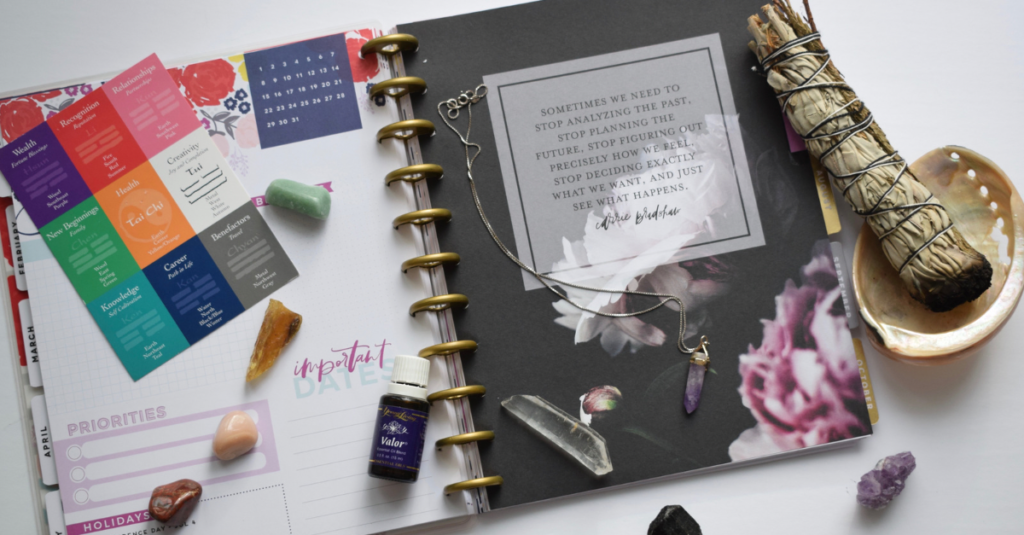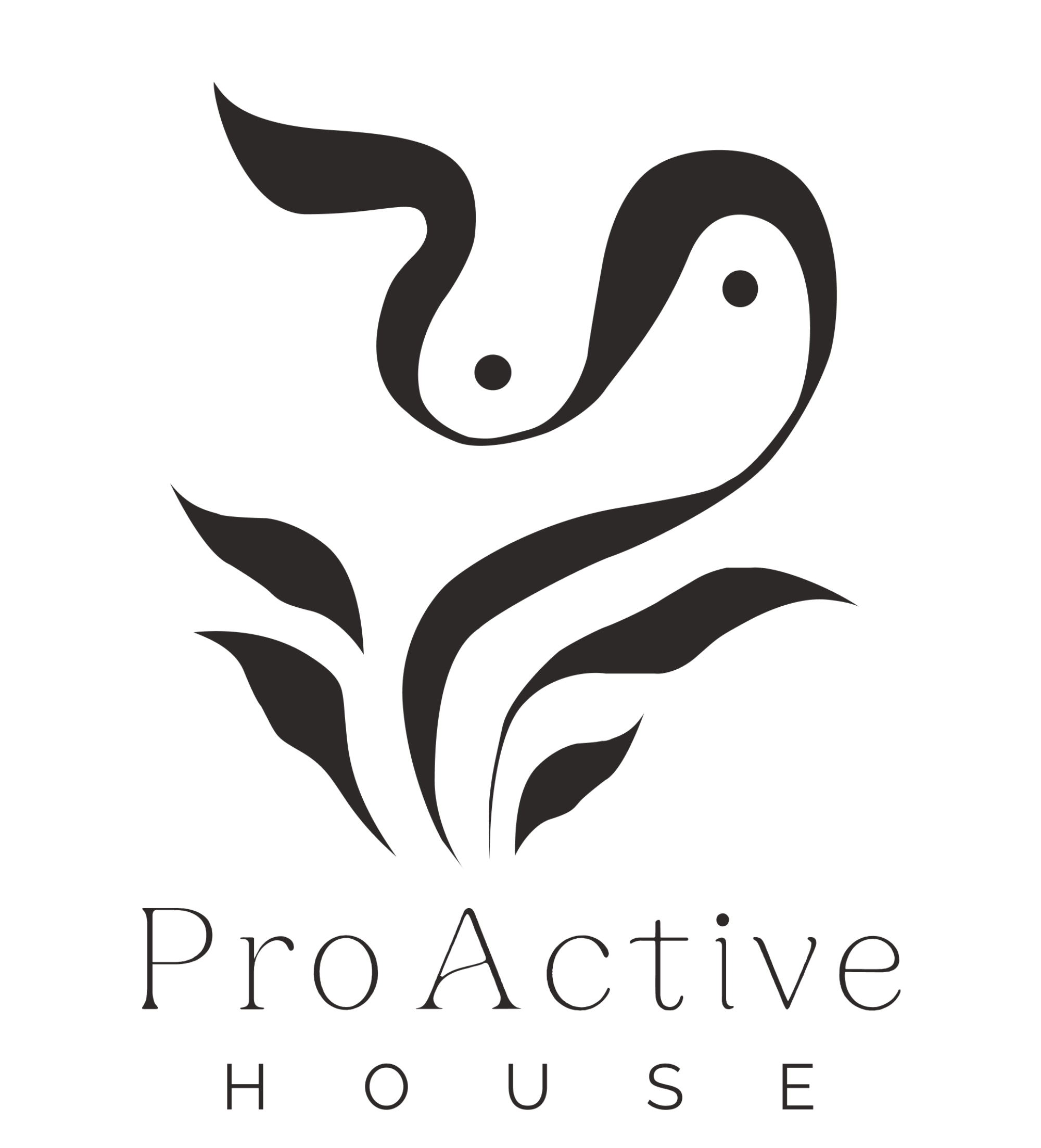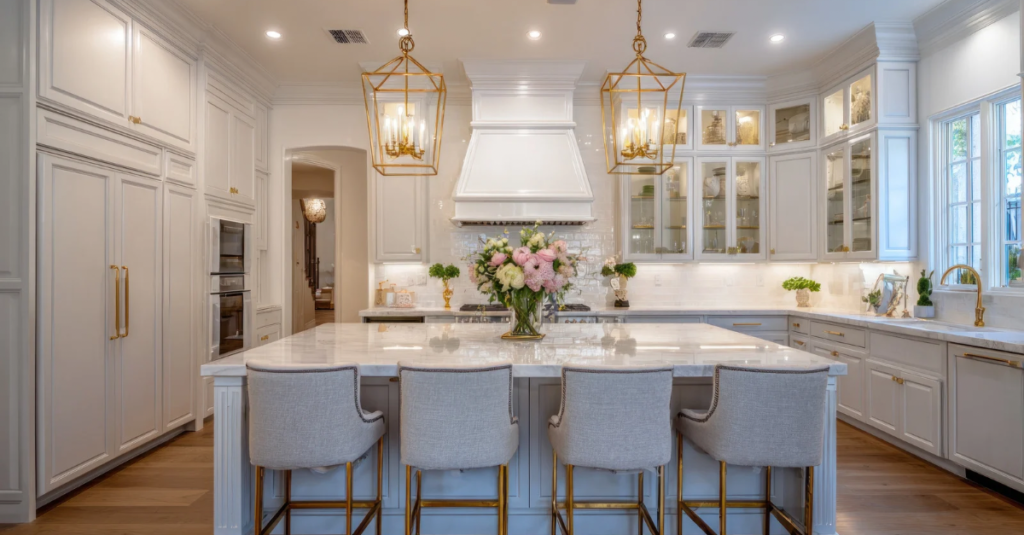
Feng Shui isn’t just about furniture placement — it’s about aligning your environment with your voice, purpose, and leadership. When your space is intentionally designed, it becomes an ally in how you communicate, show up, and are perceived by others.
At Proactive House, we use the five elements of Feng Shui to support not only the aesthetics of a space, but also the clarity and strength of your message — whether you are a business owner, professional, leader, or creative. This is a core part of our Feng Shui consulting and Home Healing work.
How Feng Shui Elevates Your Message
Each of the five elements carries a specific energy. When you activate them with intention, they help communicate who you are and what you stand for — visually, energetically, and emotionally.
- Wood: growth, creativity, expansion — perfect for new beginnings, fresh projects, or rebranding phases. Ideal for studios, offices or creative spaces that need inspiration and momentum.
- Fire: visibility, charisma, passion — amplifies your presence online and in person. Powerful for leaders, public-facing professionals, and anyone wanting more recognition or magnetism.
- Earth: stability, trust, grounding — essential for client confidence, emotional safety, and long-term success. Supportive for therapy spaces, consulting rooms, and family areas.
- Metal: clarity, precision, structure — elevates professionalism and boosts productivity. Excellent for workspaces, administrative areas, and decision-making zones.
- Water: flow, wisdom, intuition — supports authenticity, emotional connection, and deep listening. Beautiful in entryways, meditation corners, bedrooms, and reflection spaces.
When these elements are balanced, your space starts working with you, not against you — and your message lands with stronger influence, consistency, and alignment. Your environment becomes a silent partner in your leadership, brand, and communication.
Bringing the Five Elements Into Your Own Space
You don’t have to change everything at once. Often, small and intentional adjustments are enough to shift how a room feels and how you feel in it. During a Feng Shui consultation, we look at your goals — visibility, stability, creativity, or emotional balance — and translate them into practical changes in your home or workspace.
If you’re curious about using Feng Shui to support your message, your business, or your personal presence, we can explore this together as part of a Home Healing or Professional Organizing project.












